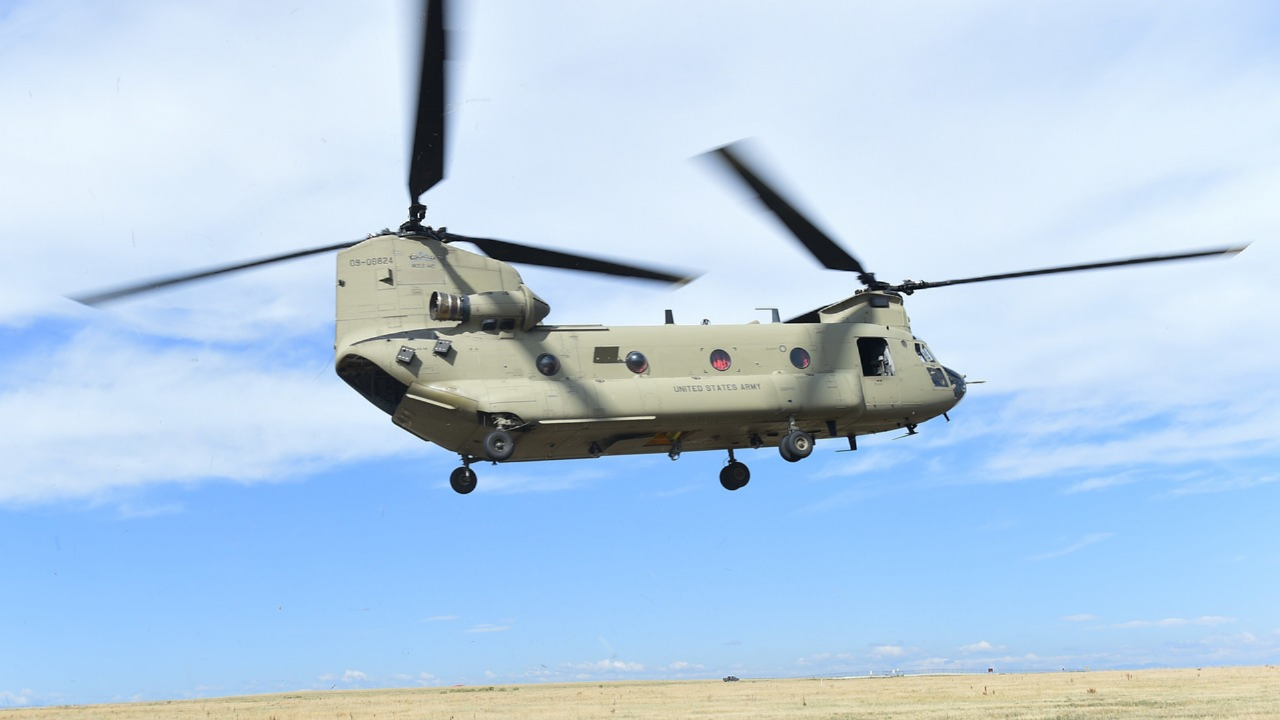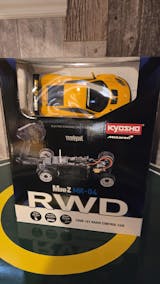The CH-47 Chinook is a twin-engine, tandem rotor heavy-lift helicopter that has become a symbol of versatility and reliability in military aviation. First introduced by Boeing in the 1960s, the Chinook was designed to meet the U.S. Army’s need for a transport helicopter capable of carrying large payloads over considerable distances. With its unique design and robust capabilities, the Chinook has served in numerous conflicts and humanitarian missions worldwide.
A Brief History

The Chinook's development began in the late 1950s, with the first flight taking place in 1961. It was officially introduced into service during the Vietnam War, where it proved invaluable in transporting troops, supplies, and equipment. Its ability to operate in challenging environments and carry significant loads quickly made it a favorite among pilots and ground troops alike. Over the decades, the Chinook has undergone various upgrades, enhancing its performance, avionics, and weaponry.
Design and Features

One of the most distinctive features of the Chinook is its tandem rotor configuration, which allows for increased stability and lifting power. The helicopter can carry up to 55 troops or up to 24,000 pounds of cargo, making it ideal for logistics and combat support missions. Its spacious cabin can accommodate various configurations, including troop transport, medevac, and cargo handling.
The Chinook is powered by two Honeywell T55 turboshaft engines, providing a top speed of around 170 knots (approximately 196 mph) and an operational range of about 400 nautical miles. Its advanced avionics suite includes digital flight controls, night vision compatibility, and weather radar, ensuring operational effectiveness in diverse conditions.
Operational Role

The versatility of the CH-47 Chinook makes it suitable for a wide range of missions, including:
- Troop Transport: Rapid deployment of soldiers to frontline positions.
- Cargo Transport: Moving heavy supplies, equipment, and vehicles to support ground operations.
- Medical Evacuation: Transporting injured personnel from the battlefield to medical facilities.
- Humanitarian Aid: Delivering relief supplies and assisting in disaster response efforts.

The Chinook's ability to operate in rugged terrains and adverse weather conditions has made it a key asset in various military operations around the globe.
Global Impact and Legacy
The Chinook is not only used by the U.S. Army but has also been adopted by numerous allied forces around the world, including the UK, Canada, and Australia. Its reliability and performance have earned it a place in many military arsenals, contributing to its status as one of the most recognizable helicopters in history.

The CH-47 has participated in numerous conflicts, including the Gulf War, Iraq War, and Afghanistan War, often being the backbone of airlift operations. Its enduring legacy continues as it adapts to modern warfare challenges, with ongoing upgrades ensuring it remains relevant for future missions.
The CH-47 Chinook stands out as a heavy-lift helicopter that has proven itself time and again in various roles. Its unique design, robust capabilities, and adaptability make it a crucial asset in military aviation. Whether transporting troops, supplies, or providing humanitarian aid, the Chinook continues to exemplify the strength and versatility of modern helicopters.















